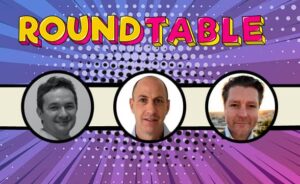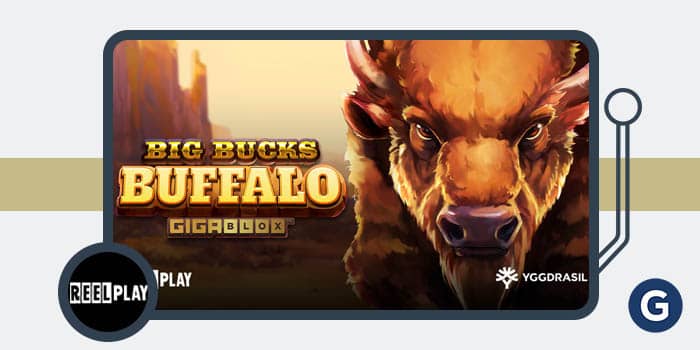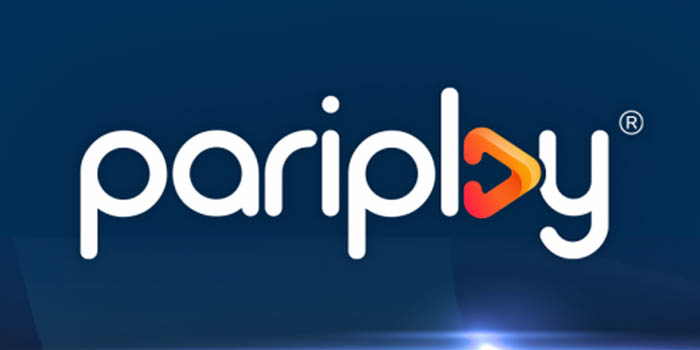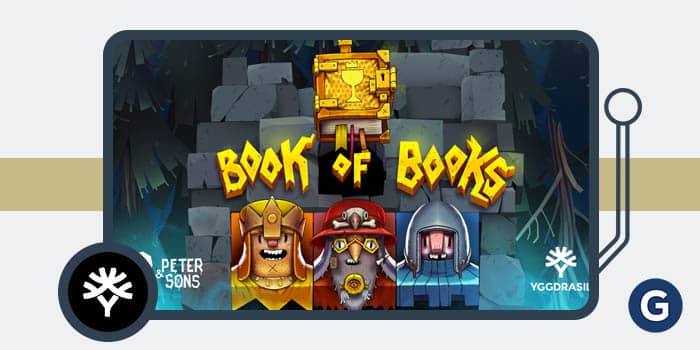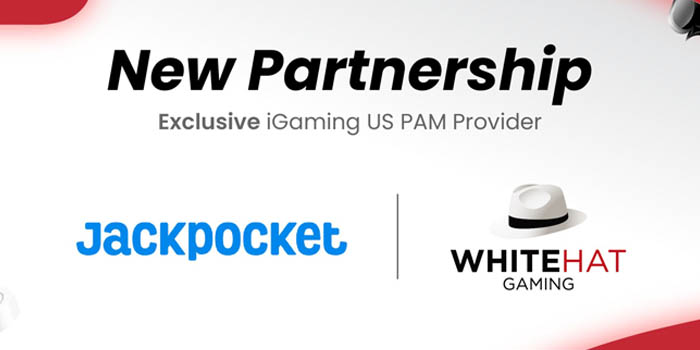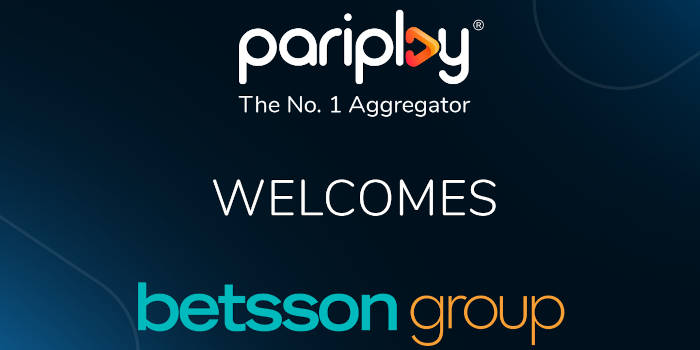Roundtable: The Evolution of Content Aggregation
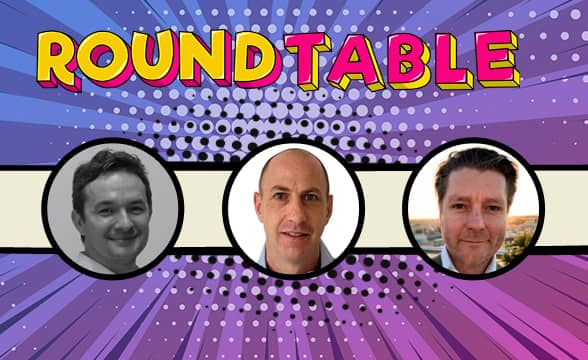
An increasing number of slot developers are turning towards multi-studio strategies to broaden their RGS content offering, in what is becoming an apparent shift in the content aggregation model. We asked Adrian Bailey, Managing Director of Pariplay, Stuart McCarthy, Head of Partners and Programs at Yggdrasil, and Andy Whitworth, Chief Commercial Officer at White Hat Gaming, to discover the driving force behind this trend and what it means for the future of iGaming content distribution
What’s driving the increase of slot developers introducing new brands alongside existing content to their RGS?
Adrian Bailey (AB): It is becoming increasingly hard for suppliers to stand out from the crowd, with new studios popping up every month to challenge the status quo. Both are looking for ways to differentiate themselves and offering a wide diversity of content from multiple studios is one way of doing so. We launched our Ignite program in 2016 to support independent suppliers looking to take their content to the next level by utilizing our technology, resources, and expertise. The partnership is mutually beneficial, however as it provides us with exclusive content and creates a USP that we can leverage when talking to potential operator partners. It is a win-win situation for everyone involved.
Stuart McCarthy (SM): When we took the step back in 2017 to invite studios onto our RGS platform, our motivations were to widen the palette of games Yggdrasil provided to our operator partners so that we could better cater to their needs. For want of a better expression, we wanted to add more choices to the menu. We also recognized that with a turbulent European regulated gaming market becoming a reality, there was an opportunity to offer younger studios a proven and stable path to a market where we would manage the heavy lifting of adapting to regulatory requirements and handle integrations and licensing. This helps to unlock creative potential by allowing studios to focus on what they do best.
At its inception, YG Masters was all about curating a portfolio of partner studio content that spoke to players in different ways to Yggdrasil’s own output with alternative mechanics and design philosophies. It quickly became clear that operators had an appetite for diverse content so we adapted and enhanced our model and ways of working to greatly increase the number of partner studios we work with and subsequently, the variety of flavors and volume of games we bring to market under the Yggdrasil flag.
Andy Whitworth (AW): There are quite a few reasons. Most importantly for suppliers, it will be growing or protecting market share, which comes from the innovation and quality of a group’s product offering. Having multiple studios competing internally pushes each studio to deliver better content.
A prime example of this was when NetEnt acquired Red Tiger or how we see MGS content has massively improved in recent years with their multi-studio approach. Sharing IP, best practices, and making CoLab games delivers exciting new possibilities and should improve all the studios within a group in terms of innovation but also standards and speed of creation reducing in time.
Outside of this if the supplier links their studios together in terms of shared areas such as compliance, legal, and HR, synergy savings are delivered and market reach is improved upon. A clear and topical driver of this is the US. Regulation continues to make EU operating a challenge. All eyes are looking to the US whether as an operator entering or acquiring a studio to accelerate speed to market like Bragg has done with their recent acquisitions in order to sell to the existing US operators.
For an operator, what’s the advantage of partnering with a developer which has a broad RGS offering, as opposed to working alongside a traditional content aggregator?
AW: For operators that there are both advantages and disadvantages. Advantages are that the quality of content improves the players’ experience. The smaller suppliers benefit from the acquirers’ current network of integrations and compliance, so content can reach more of the operators’ markets which is a big plus. For the operator is should mean more studios can use the same promotional and back-office tools and the number of integrations that they need to support can be reduced which saves costs and allows to focus resources elsewhere.
The disadvantages are that operators need to ensure that they don’t have their eggs in one basket and are beholden to anyone supplier as they get bigger and more powerful, we saw this issue come to the fore with Covid when some live studios were temporarily closed. It’s typically easier to negotiate a fairer deal with a new supplier than an existing one, so there is a risk of price rises or tougher negotiations as smaller studios get swallowed up.
As well as that, a supplier risks losing their identity and freedom if the acquiring studio enforces a lot of change. It also now depends on the market. In the EU, for example, White Hat Gaming has 118 operators, which is a lot to support. Meanwhile, in the US, as we need to ramp up our casino supplier offering for partners like Barstool Sports and Penn International, for whom speed is key.
AB: Operators can benefit from the more exclusive content that suppliers with a broad RGS offering can provide. These studios are often smaller with unique content that might not be available elsewhere. This will help operators differentiate. On the other hand, aggregation offers a lot of advantages and does a big part of the heavy lifting for both suppliers and operators, so there is no surprise that more and more operators opt to use them. Pariplay offers an aggregation platform, Fusion, as well as the Ignite program, so we can combine the two products for even better distribution to the benefit of both suppliers and operators.
SM: The elevator pitch for aggregation has always been that operators get a wide selection of game content through a single integration and the associated benefits that come with that in terms of not having to manage multiple integrations, commercial relationships, reporting, and operational overheads that come with plugging in studios. The reality has been and continues to be, that traditional aggregation is a messy and complex business with varying degrees of success. RGS to RGS is akin to cat herding in as much as it is very difficult to corral studios into a consistent delivery method with ‘daisy chains’ of integrations, SLAs, server locations, regulated market complications, and different pricing and contractual arrangements to manage.
Added to that, you have to look at where the focus of the big old-school aggregator platforms is right now and what impact that has. To my eyes, and those of the many studios I speak with, the main aggregator platforms seem to be focused on US opportunities, putting Europe, and to some extent, their European customer needs, on the back burner and at the same time buying up studios to broaden their own appeal in that space.
At Yggdrasil, we have a very clear view of our value proposition to operators. We allow studios to build directly onto our platform in a seamless and flexible manner meaning we reliably deliver a roadmap packed with Yggdrasil’s top performers alongside the best, exclusive, and most market-relevant content from independent, emerging, and established studios. All of this packaged up for delivery in regulated markets and wrapped in Yggdrasil’s famous BOOST™ marketing tools and served under existing contracts and commercial terms. In addition, we have also opened up our IP vault through what we call our GEM (Game Engagement Mechanics) program, licensing proven game mechanics such as GIGABLOX™ and MULTIMAX™ for our partners to use.
What does this emerging trend mean for the future of content aggregation?
SM: Predicting the future is notoriously perilous, especially when predictions are committed to paper. These things however are certain: Regulation will continue to roll out and evolve, consolidation will continue both in the B2B and B2C arenas and operators will continue to drive for a simplified way of doing business. For me, this points to a future where operators will cull integrations down to those that can offer a wide range of relevant content, across all markets in a robust, reliable, and commercially transparent manner to manage complexity.
AB: The traditional aggregation model is here to stay. It removes a lot of headaches that suppliers and operators have had in the past, ensuring a streamlined and smooth process instead. However, we expect more slot developers will go down the route of offering content from multiple studios to be able to offer something unique and stand out. This industry is known for its innovation, and we constantly see disruptors entering the market and pushing the boundaries, so it will be exciting to see how content aggregation evolves over the next few years.
AW: I believe that due to the fact there are more new studios than ever coming to the market still, with all the regulation the one way they can get mass distribution is being part of a big group. The big suppliers will continue to buy successful smaller studios to maintain market share and leverage IP and innovations within a group.
Looking at the US compared to the EU, there are only 10 suppliers live there. Operators and players will catch up in the coming years and will increase the demand for varying content. The US is a hard, expensive market with lots of compliance challenges, which is very time-consuming to enter. To make it work you need to be in all states so you really need to partner up to access this market.
Stoyan holds over 8 years of esports and gambling writing experience under his belt and is specifically knowledgeable about developments within the online scene. He is a great asset to the GamblingNews.com team with his niche expertise and continual focus on providing our readers with articles that have a unique spin which differentiates us from the rest.

